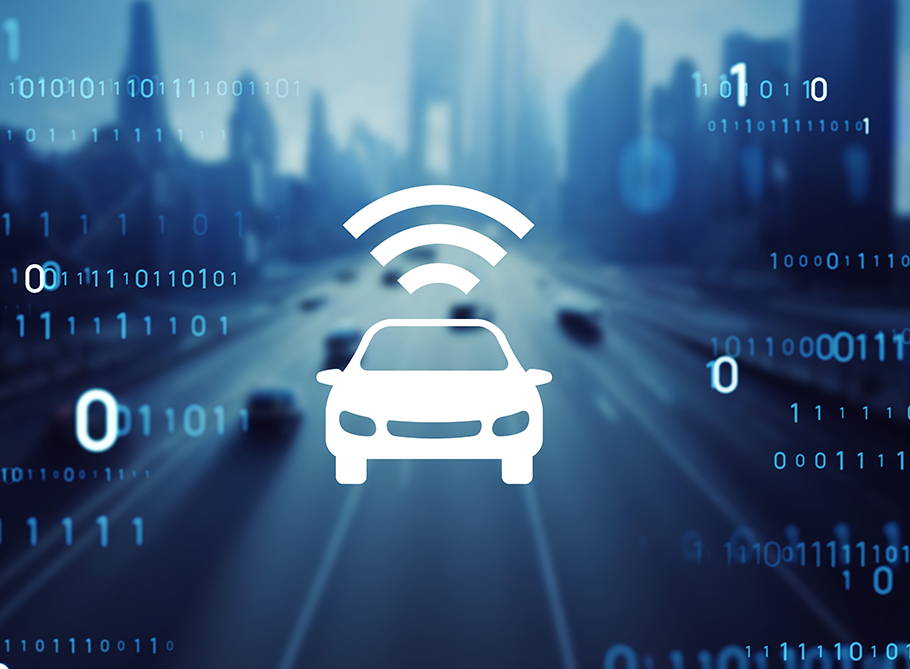Virtual ECU / Software Defined Vehicles (SDV)
Virtual Electronic Control Units (ECUs) are an instrumental part of Software Defined Vehicles (SDVs), playing a pivotal role in facilitating early software development and testing. The introduction of virtual ECUs enables the development teams to work on software before the physical hardware is ready, thereby accelerating the entire development process. It negates the traditional need to wait for the hardware to be designed and produced before starting the software development, paving the way for a “shift left” in the automotive V cycle. This is an industry term denoting the shift of tasks traditionally executed on the right side of the development cycle – such as testing and validation – to the left, or earlier in the process, promoting faster iteration, quicker feedback, and improved software quality.

To ensure comprehensive and efficient testing and development, Virtual ECUs can be scaled on the Cloud. This scalability allows for wider collaboration, enabling teams to work simultaneously on different aspects of the software, thus reducing development time. Moreover, the use of the Cloud further facilitates continuous integration and continuous delivery (CI/CD), making regular application updates viable and enhancing the quality of the software.
We are a world leader in providing Level 3 and Level 4 Virtual ECU solutions. We have been instrumental in pushing the boundaries of virtualization, driving the “shift left” in the automotive V cycle, and consequently accelerating the entire software development process. Looking ahead, with the rapid advancements in this field, the day is not far when Virtual ECUs will lead to the creation of Virtual Vehicles in the Cloud, setting the stage for a revolutionary transformation in the automotive industry.
FEATURES

Enhanced Safety Systems: SDVs leverage software to implement advanced driver assistance systems (ADAS), enabling features like adaptive cruise control, lane departure warning, and automatic emergency braking. These systems work together to create a safer driving experience and reduce the risk of accidents.

Intelligent Connectivity: SDVs seamlessly connect to the internet and other vehicles, allowing for real-time data exchange and communication. This connectivity opens doors to innovative services such as live traffic updates, remote diagnostics, and personalized in-car entertainment.

Autonomous Driving Capabilities: By harnessing software-driven technologies like machine learning, SDVs are paving the way for autonomous driving. These vehicles can sense their environment, make informed decisions, and navigate routes with minimal human intervention.

BENEFITS

Cost Savings: Through OTA updates, OEMs can roll out software upgrades and new features without recalling vehicles or investing in complex hardware retrofits.

Enhanced User Experience: From customizable infotainment systems to adaptive driving modes, these vehicles cater to individual preferences.

Reliability improvements- Predictive maintenance to reduce failures.
